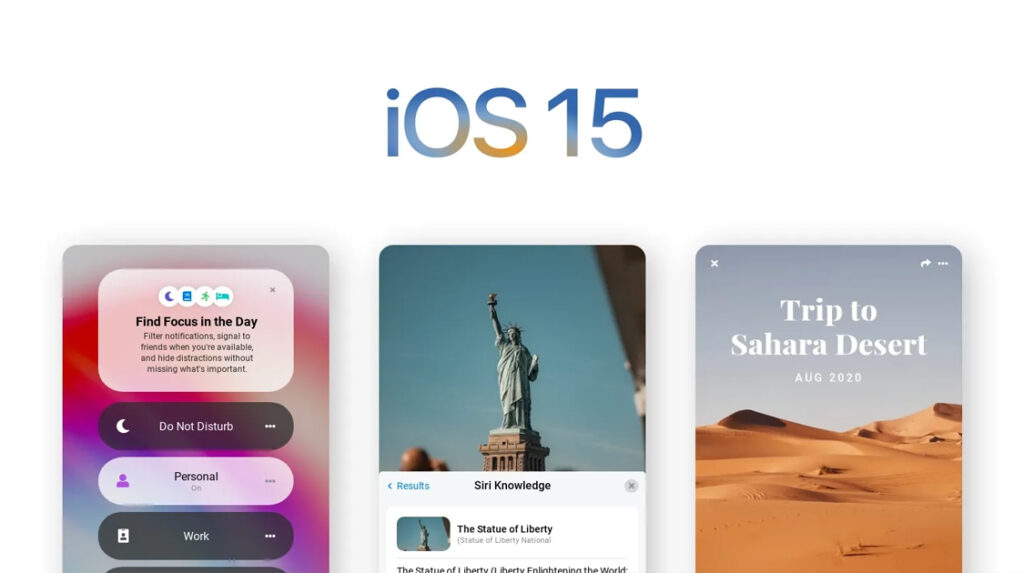
Designing an iOS app involves considering various elements to create a visually appealing, intuitive, and consistent user interface.
Here are some key considerations and best practices for iOS app design:
- Human Interface Guidelines: Apple’s Human Interface Guidelines provide essential principles, components, and patterns for designing iOS apps. Familiarize yourself with these guidelines to ensure your app aligns with Apple’s design standards and offers a seamless user experience.
- App Structure and Navigation: Plan the app’s structure and navigation hierarchy to provide a clear and logical flow. Use navigation patterns like tab bars, navigation bars, or gestures to facilitate easy navigation between screens and functionalities.
- Consistent Visual Elements: Maintain visual consistency throughout the app. Use consistent typography, iconography, color schemes, and spacing to create a cohesive and polished interface. Follow Apple’s design principles, such as legible text, clear hierarchy, and ample white space.
- Responsive Layout: Design layouts that adapt to different screen sizes and orientations of iOS devices. Use auto layout and constraints to ensure the app looks and functions well on various iPhone and iPad models.
- Typography and Readability: Choose appropriate fonts and font sizes for different text elements within the app. Ensure readability by using sufficient contrast between the text and background colors. Pay attention to line spacing and paragraph length to improve readability, especially for longer text blocks.
- Meaningful and Engaging Visuals: Incorporate visually appealing graphics, illustrations, and images that enhance the app’s aesthetics and engage users. Use visuals purposefully to convey information or guide users through the app’s features. Consider using Apple’s SF Symbols library for consistent and scalable icons.
- User Feedback and Interaction: Provide visual feedback to users when they interact with app elements, such as buttons or gestures. Use animations, transitions, and subtle haptic feedback (on supported devices) to make the app feel responsive and provide a delightful user experience.
- Form Design and Input Validation: Design forms that are easy to understand and complete. Use clear labels and placeholders for input fields, provide input validation to assist users in entering correct information, and provide helpful error messages if validation fails. Leverage iOS features like QuickType and AutoFill for efficient data entry.
- Accessibility Considerations: Ensure your app is accessible to users with disabilities. Adhere to accessibility guidelines, such as providing proper text alternatives for images, enabling VoiceOver compatibility, and optimizing for assistive technologies like Switch Control and Dynamic Type.
- Usability Testing and Iteration: Test the app’s design with real users to gather feedback and identify usability issues. Iterate and refine the design based on user insights to create an intuitive and user-friendly experience.
Design tools like Sketch, Figma, Adobe XD, or Apple’s own design tool, Xcode, can assist in creating visual designs, wireframes, and interactive prototypes specifically for iOS.
By following Apple’s Human Interface Guidelines and incorporating user-centered design principles, you can create an aesthetically pleasing and user-friendly iOS app. Remember to keep the app’s purpose, target audience, and usability in mind throughout the design process.